Understanding The Hells Angels Motorcycle Club
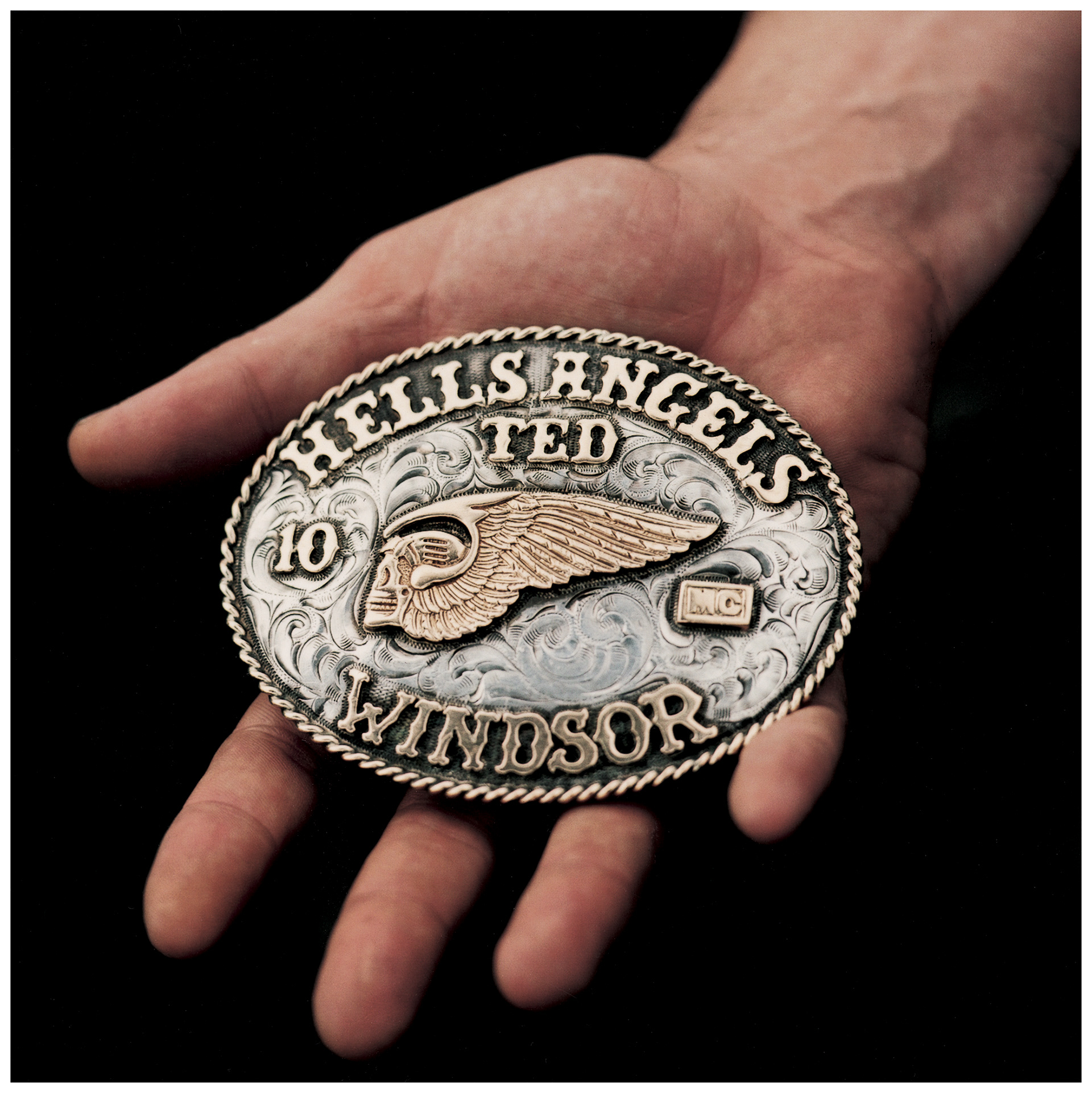
Table of Contents
History and Origins of the Hells Angels Motorcycle Club
The Hells Angels Motorcycle Club traces its origins back to 1948, emerging from the post-World War II biker scene in San Bernardino, California. Initially a loose collection of motorcycle enthusiasts, the group quickly developed a distinct identity and reputation. Their history is marked by periods of expansion, internal conflict, and ongoing clashes with law enforcement agencies across the globe. Key historical events include territorial disputes with rival motorcycle clubs, leading to violent confrontations and gang wars. Understanding the Hells Angels requires acknowledging their evolution over time.
- Early members and their backgrounds: Many early members were veterans returning from World War II, seeking camaraderie and a sense of belonging. Their backgrounds were diverse, but a common thread was a rebellious spirit and a rejection of mainstream society.
- The evolution of their iconic logo and symbolism: The iconic "Death Head" logo, featuring a winged skull, has become a globally recognized symbol of the club, reflecting their rebellious image and often interpreted as a symbol of defiance and danger. The symbolism has evolved over time, adapting to changing cultural contexts and legal challenges.
- Key shifts in club activities and operations over time: From its initial focus on motorcycle riding and camaraderie, the Hells Angels expanded its activities to include various criminal enterprises, significantly impacting its public image and leading to increased scrutiny from law enforcement.
The Structure and Organization of the Hells Angels MC
The Hells Angels Motorcycle Club operates under a rigid hierarchical structure. The organization is divided into chapters, with each chapter functioning relatively autonomously but ultimately reporting to a national or even international leadership structure. This complex structure allows for both localized operations and coordinated efforts across different regions.
- The importance of "patches" and club insignia: The club's insignia, including their distinctive patches, are highly significant symbols of membership and rank. Wearing the "colors" signifies unwavering loyalty and commitment to the club.
- The process of becoming a full-fledged member ("prospect" to "full patch"): Aspiring members, known as "prospects," undergo a rigorous initiation process, including a probationary period where they prove their loyalty and dedication before earning their full "patch" and official membership.
- The concept of "chapters" and their geographical distribution: Chapters are established across various regions, forming a network that facilitates communication, coordination, and the expansion of the club's activities. The geographical distribution of these chapters is strategic, often maximizing access to criminal opportunities and minimizing jurisdictional overlap with rival gangs.
Criminal Activities and Controversies Associated with the Hells Angels MC
Throughout its history, the Hells Angels Motorcycle Club has been repeatedly linked to various criminal activities, significantly impacting its public perception. These activities have included, but are not limited to, drug trafficking, money laundering, extortion, violence, and murder.
- The club's involvement in organized crime: The HAMC's involvement in organized crime is well documented, with investigations uncovering their participation in large-scale drug distribution networks and other illicit activities.
- Notable instances of violence and conflict with rival gangs: Territorial disputes and conflicts with rival motorcycle clubs and gangs have led to numerous violent incidents, highlighting the club's aggressive nature and willingness to engage in violent conflict to protect its interests.
- Law enforcement strategies used to combat HAMC activities: Law enforcement agencies around the world have employed various strategies to combat the Hells Angels' criminal activities, including infiltration, surveillance, and prosecution of members involved in organized crime.
Hells Angels Motorcycle Club Culture and Lifestyle
The Hells Angels' culture revolves around the ideals of brotherhood, loyalty, and camaraderie. Motorcycle riding plays a central role in their lifestyle, with members participating in rallies and events that reinforce their sense of community. This shared identity fosters a powerful sense of belonging and loyalty among members.
- The role of motorcycles and motorcycle rallies in club culture: Motorcycles are more than just machines; they are symbols of freedom, rebellion, and a shared passion that binds members together. Rallies serve as important social events, strengthening bonds and fostering camaraderie.
- The use of specific clothing, tattoos, and other symbols: Specific clothing, tattoos, and other symbols reinforce the club's identity and create a visual representation of their shared values and beliefs.
- The social and economic backgrounds of members: While the club attracts members from diverse backgrounds, a shared rebellious spirit and a rejection of mainstream society often unites them.
The Hells Angels Motorcycle Club in Popular Culture
The Hells Angels Motorcycle Club has frequently been depicted in movies, books, and other media, shaping public perception of the organization. These portrayals often sensationalize the club's activities, reinforcing stereotypes about violence and criminal behavior.
- Examples of films and books featuring the Hells Angels: Numerous films and books have portrayed the Hells Angels, often focusing on their criminal activities and rebellious nature.
- The role of media in shaping public opinion: Media portrayals, whether accurate or exaggerated, have significantly influenced public perception of the club, often contributing to negative stereotypes.
- The club's attempts to control its image: The Hells Angels have attempted to control their public image through various means, including legal action against negative portrayals and efforts to promote a more positive image.
Conclusion
This article has explored various aspects of the Hells Angels Motorcycle Club, from its origins and structure to its involvement in criminal activities and its portrayal in popular culture. Understanding the Hells Angels requires a nuanced approach, acknowledging both the allure of their biker lifestyle and the serious implications of their criminal history. While this article provides a comprehensive overview of the Hells Angels Motorcycle Club, further research is encouraged to deepen your understanding of this complex and controversial organization. Learn more about the Hells Angels Motorcycle Club and the outlaw biker culture by exploring additional sources.

Featured Posts
-
 Naomi Campbells Potential Met Gala 2025 Absence The Anna Wintour Conflict
May 25, 2025
Naomi Campbells Potential Met Gala 2025 Absence The Anna Wintour Conflict
May 25, 2025 -
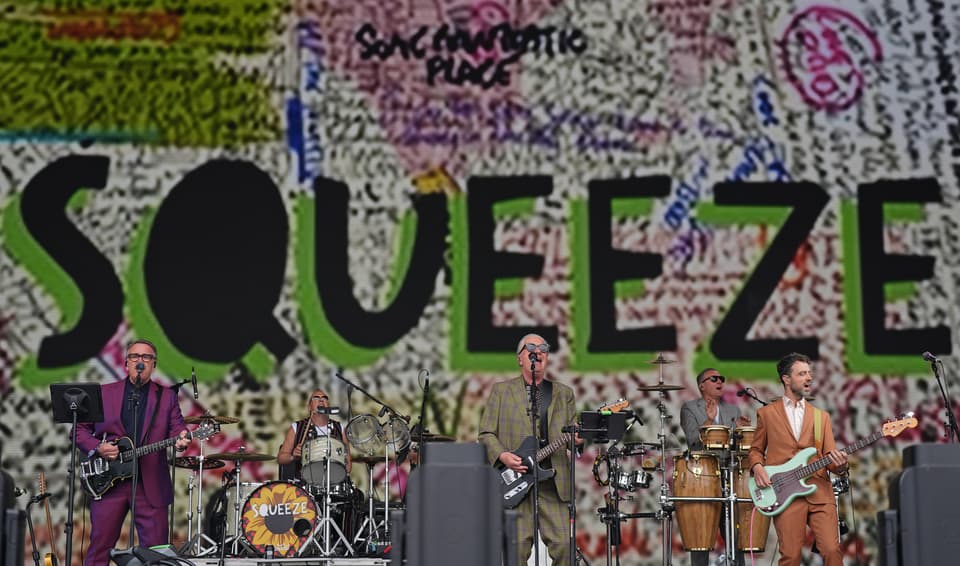 Is Glastonbury 2025s Lineup The Strongest Ever Featuring Charli Xcx Neil Young And Must See Acts
May 25, 2025
Is Glastonbury 2025s Lineup The Strongest Ever Featuring Charli Xcx Neil Young And Must See Acts
May 25, 2025 -
 I Dazi E Il Costo Della Moda Negli Stati Uniti Guida 2024
May 25, 2025
I Dazi E Il Costo Della Moda Negli Stati Uniti Guida 2024
May 25, 2025 -
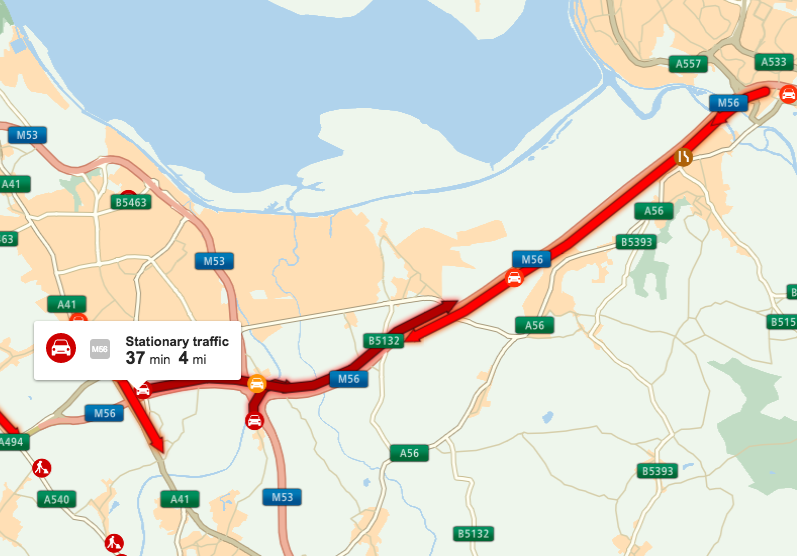 M56 Collision Delays On Cheshire Deeside Border
May 25, 2025
M56 Collision Delays On Cheshire Deeside Border
May 25, 2025 -
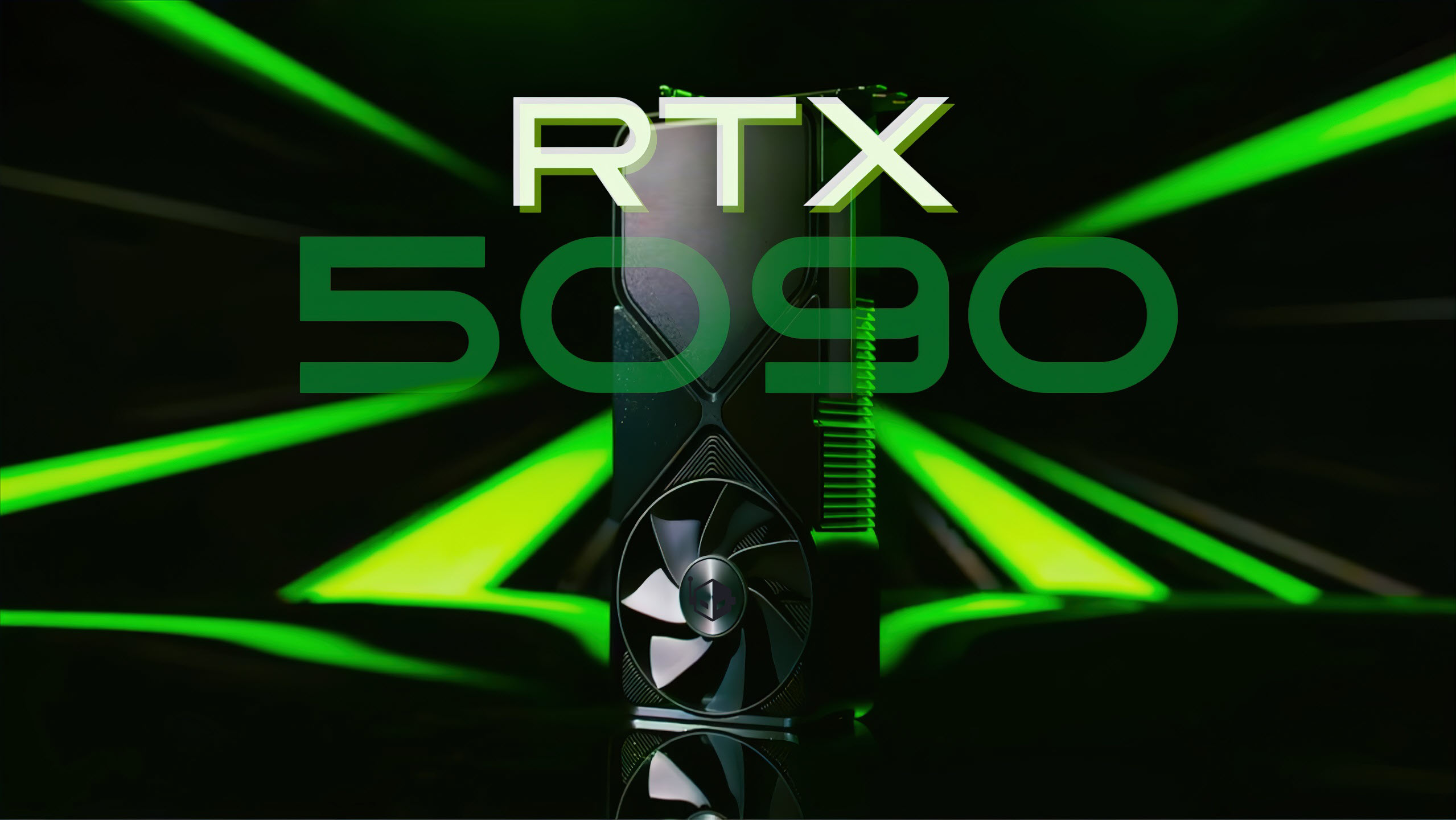 Nvidias Rtx 5060 What Went Wrong And What It Means For The Future Of Gpu Reviews
May 25, 2025
Nvidias Rtx 5060 What Went Wrong And What It Means For The Future Of Gpu Reviews
May 25, 2025
Latest Posts
-
 A Rejuvenating Andalusian Farmstay Getaway
May 26, 2025
A Rejuvenating Andalusian Farmstay Getaway
May 26, 2025 -
 Escape To The Countryside Andalusian Farmstay
May 26, 2025
Escape To The Countryside Andalusian Farmstay
May 26, 2025 -
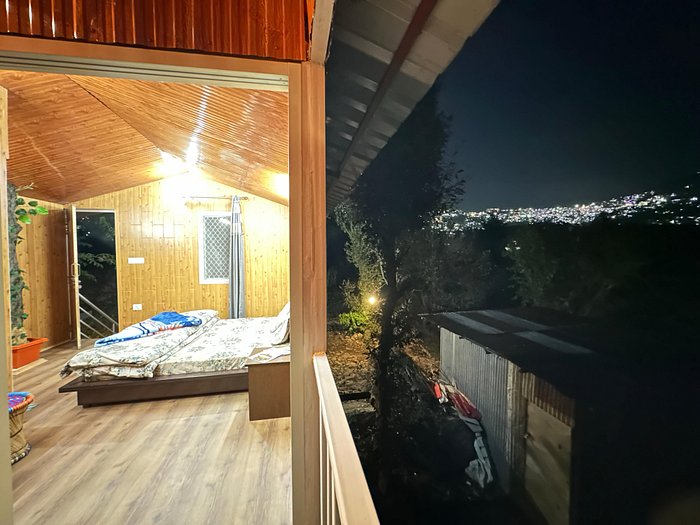 Andalusian Farmstay Your Peaceful Escape From The City
May 26, 2025
Andalusian Farmstay Your Peaceful Escape From The City
May 26, 2025 -
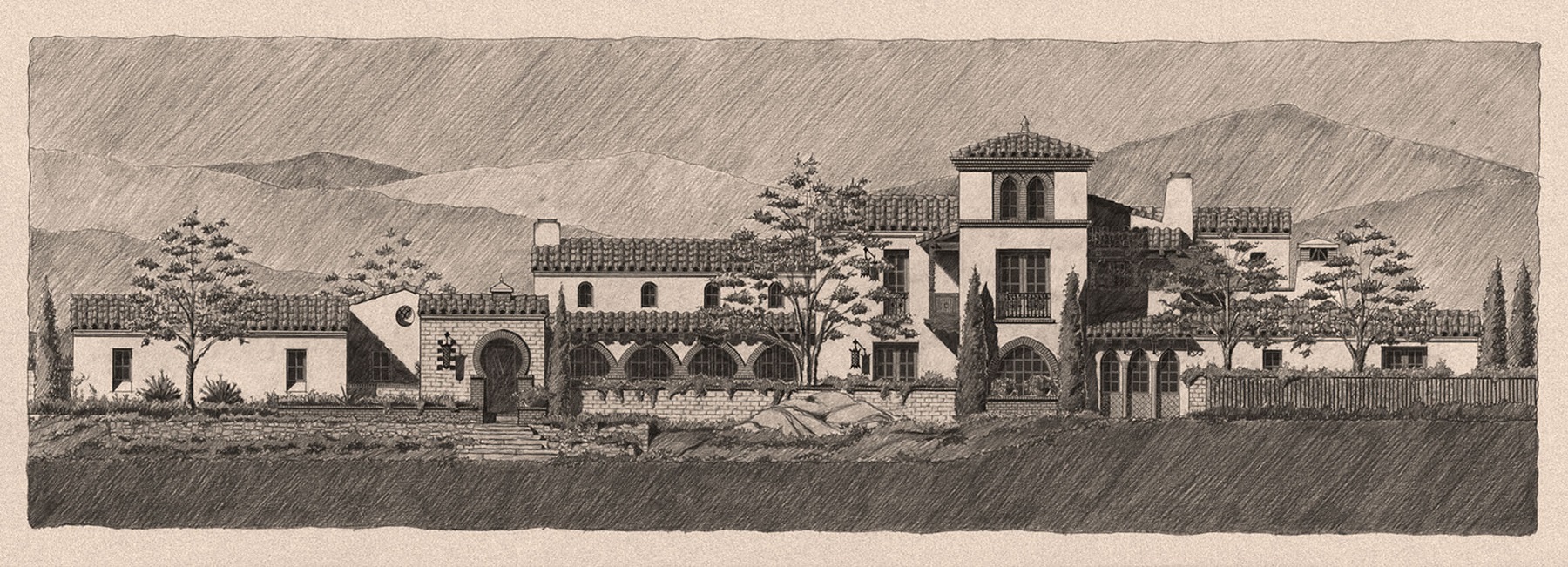 An Authentic Andalusian Farmstay Experience
May 26, 2025
An Authentic Andalusian Farmstay Experience
May 26, 2025 -
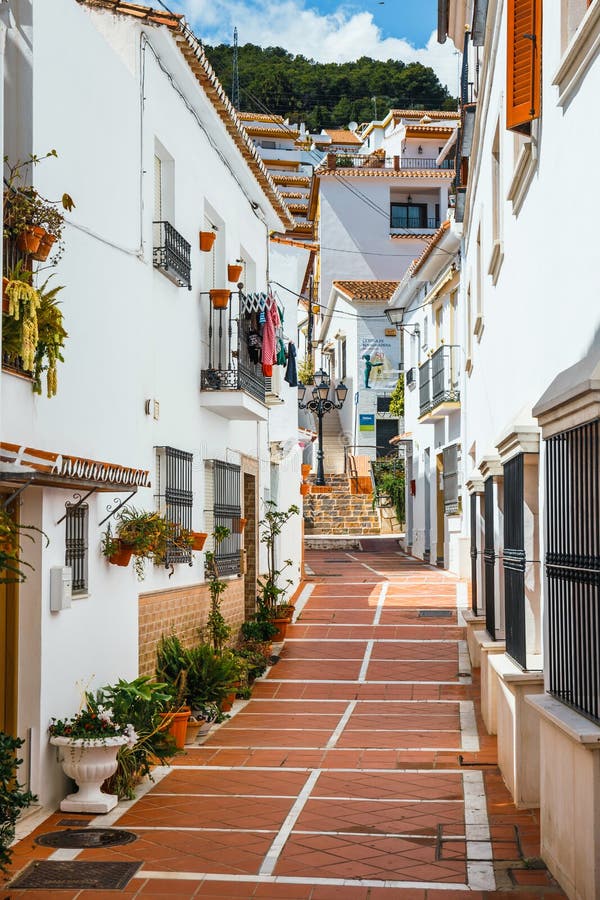 Find Peace In Andalusia A Charming Farmstay
May 26, 2025
Find Peace In Andalusia A Charming Farmstay
May 26, 2025
